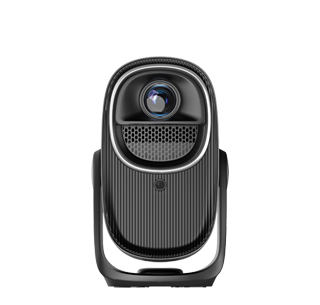
Projectors require a variety of equipment to function optimally and deliver a satisfying visual and audio experience. These devices work in tandem with the projector to ensure seamless content playback, proper image display, and enhanced usability across different scenarios.
At the core of a projector setup are connectivity devices. HDMI cables are indispensable as they serve as the primary means of transmitting high - definition video and audio signals from various sources to the projector. They are compatible with a wide range of devices, including laptops, desktops, gaming consoles like PlayStation and Xbox, Blu - ray players, and streaming devices such as Roku and Apple TV. High - speed HDMI cables are capable of supporting resolutions up to 8K and high - frame - rate content, ensuring smooth and clear playback of the latest movies, games, and presentations. For older devices or situations where HDMI is not available, VGA cables can be used for video - only connections, although separate audio cables may be required. Wireless connectivity options, such as Wi - Fi adapters and Bluetooth receivers, offer greater flexibility. Wi - Fi allows for wireless screen mirroring from smartphones, tablets, and laptops, enabling users to share content without the need for physical cables. Bluetooth, on the other hand, is useful for connecting external speakers, headphones, or keyboards to the projector, enhancing the audio experience and providing more input options.
To display the projected image clearly, a suitable projection screen is necessary. Different types of screens cater to various needs. Manual screens are a budget - friendly option, ideal for occasional use or in spaces where a permanent installation is not desired. They can be easily rolled up and stored when not in use. Electric motorized screens offer convenience, allowing users to control the screen's deployment with a remote, which is convenient for home theaters and professional settings. Fixed - frame screens provide a flat and taut surface, minimizing image distortion and are often preferred for high - end home theaters or professional screening rooms. The choice of screen material also matters; matte white screens offer accurate color reproduction, gain - enhanced screens are suitable for brighter images in well - lit environments, and ambient light - rejecting screens are designed to reduce glare and reflections, ensuring a clear view even in rooms with significant ambient light.
Audio equipment is crucial for a complete viewing experience. Most projectors come with built - in speakers, but for a more immersive and high - quality audio output, external speakers or sound systems are recommended. Soundbars are a popular choice due to their compact size and ability to enhance the sound compared to built - in speakers, delivering clear dialogue, crisp highs, and decent bass. For a more cinematic audio experience, surround - sound systems, such as 5.1 or 7.1 setups, can create a three - dimensional audio environment. These systems consist of multiple speakers placed strategically around the room, allowing sound to come from different directions, enhancing the immersion during movies, games, and multimedia presentations. Subwoofers can be added to these systems to boost the low - frequency sounds, providing a more powerful and impactful audio experience. In addition, mounting equipment, such as ceiling mounts, tabletop stands, or tripods, is essential for proper projector placement, ensuring the projector is positioned at the right height, angle, and distance from the screen for optimal image projection.
Read recommendations:
HW45 Home Cinema - HW Series Projector
High - Definition Coated Projector Lenses
Sizes of Projector Screens
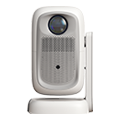
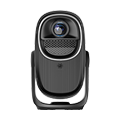
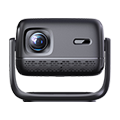
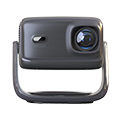
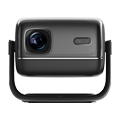
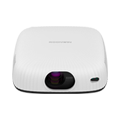
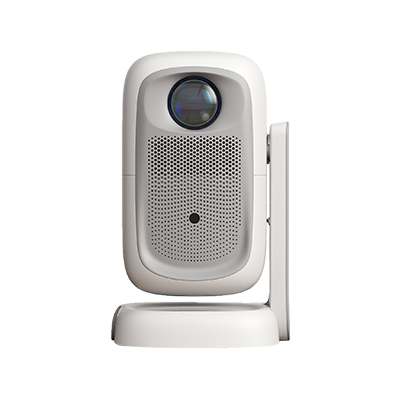
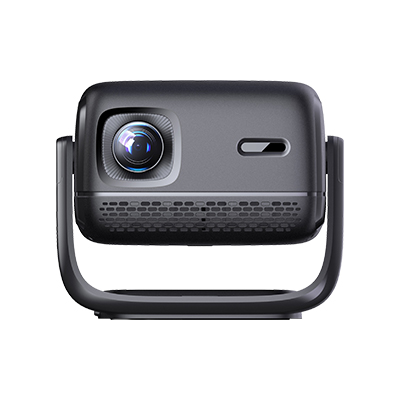
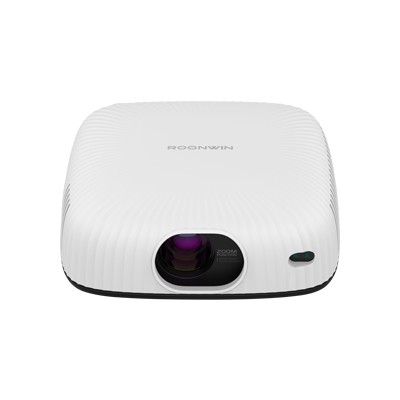









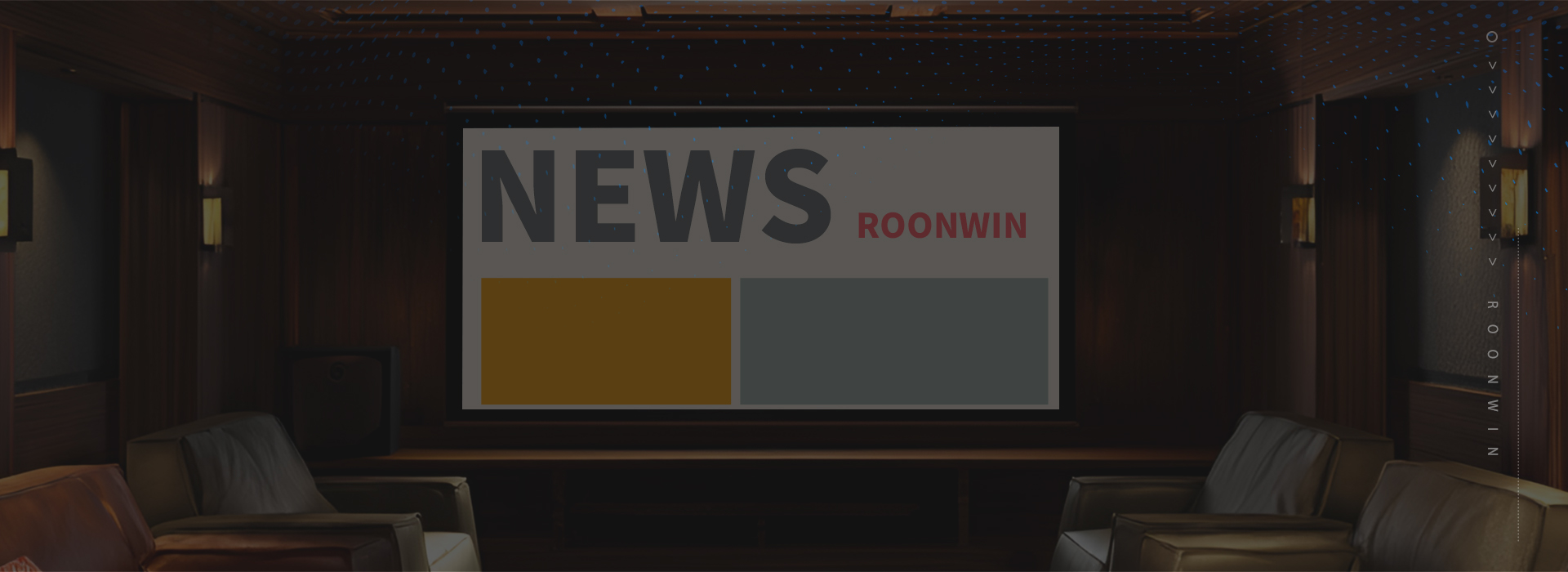
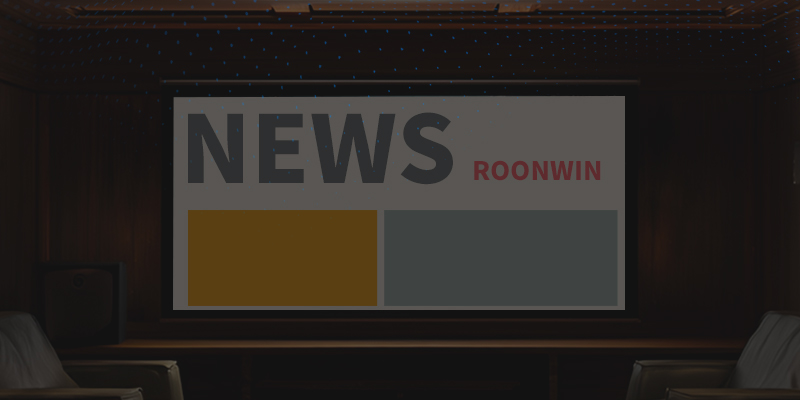
 Reviewed:
Reviewed:











